Ariful Haque, Saiful
Haq, Dipa Roy, and Zohorul Islam Moon, from
the different institute of the Bangladesh. wrote a research article about,
Probiotic Potential: Screening Lactobacillus acidophilus in Bangladesh.
entitled, Screening, isolation and evaluation of probiotic potential
Lactobacillus acidophilus strains from available sources in Bangladesh. This
research paper published by the the International Journal of Biosciences |IJB. an
open access scholarly research journal on Biology, under the affiliation of the International
Network For Natural Sciences | INNSpub. an open access
multidisciplinary research journal publisher.
Abstract
Probiotics, live
microorganisms that promote health by balancing the gut microbiota, have gained
popularity in food and supplements. This study aimed to identify potential probiotic
strains of Lactobacillus acidophilus isolated from available
yoghurt/fermented food sources in Bangladesh. The research addressed the need
for indigenous strains to cater to the local population’s health requirements
in the face of imported probiotic products dominating the market. Eight yoghurt
samples from Bogra District were collected and cultured using Man Rogosa and
Sharp (MRS) broth and agar. The isolated lactobacilli were further
characterised through sequencing, and the Lactobacillus acidophilus LA-5
strain was identified in all isolates. Lactobacillus acidophilus LA-5
is a probiotic strain that has been employed in food and dietary supplements.
Additionally, a stock contamination test was conducted to ensure sample purity. In
vitro tests were performed to assess the probiotic potential, including
acid tolerance, bile salt tolerance, antibiotic sensitivity, and storage
ability in order to mimic the gut environment and industrial processing. The
LA-5 strain exhibited sensitivity to amikacin, gentamicin, and levofloxacin and
the ability to grow after long-term storage at -80°C. These findings highlight
the promising probiotic potential of indigenous strains in Bangladesh,
specifically Lactobacillus acidophilus LA-5. The results can guide
further research and contribute to the development of locally sourced
probiotics tailored to the Bangladeshi population, which have been used by the
local population for many years in fermented food.
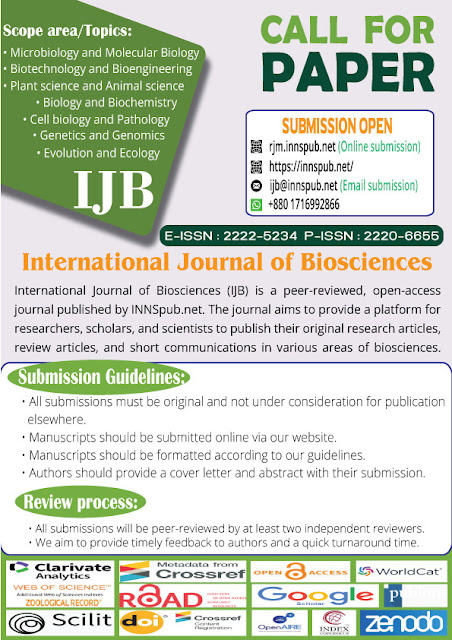
Read more : Napoleon Wrasse Production and Trade: Insights from Bohol, Philippines | InformativeBD
Introduction
According to the Food
and Agriculture Organization, "probiotics" are living microorganisms
that, when consumed in sufficient quantities, enhance the health of the host
[1]. The therapeutic effects of probiotics are mostly due to the presence of
good bacteria, which can compete with and limit the growth of bad bacteria. In
this way, probiotics support the maintenance of a balanced gut flora. Research
into the makeup of probiotic bacteria, their potential benefits, and their
effects on human health has exploded in recent years. As a result of this increased
understanding, more people are now using probiotics. Growing knowledge of gut
health and an increased focus on individual wellbeing can be related to the
increase in demand for probiotic-functional foods, drinks, and dietary
supplements. Researchers are motivated to keep working on creating new and
better probiotic formulations because of the rising demand. Lactobacillus
acidophilus LA-05 is a probiotic bacteria strain that has been studied for its
capacity to stimulate the immune system, improve digestive health, and increase
overall well-being. It is notable for its ability to cling to intestinal
epithelial cells while surviving the stomach's acidic environment. Research has
shown that it can alleviate symptoms linked to some gastrointestinal issues,
prevent or reduce the risk of certain infections, and affect the immune system.
It is generally regarded as safe to ingest and has been found in a wide range
of foods and dietary supplements [2].

Recent studies have
looked into how probiotics could be utilized to treat or prevent diseases, keep
individuals healthy, and reduce the risk of future illness. By boosting the
proportion of beneficial bacteria and reducing the quantity of dangerous ones,
consuming probiotics helps the host's gut maintain a healthy microbial balance
and reduces the risk of stomach and bowel diseases [3-5]. Probiotics have been
demonstrated to aid those who struggle to digest lactose, facilitate nutrient
absorption, and lessen or prevent allergies in those who are predisposed to them
[3, 6]. They can also help to prevent cancer, control blood pressure, inhibit
mutations, prevent bone loss, lower cholesterol, and alter the immune system
[3]. Probiotics have also been proven to help alleviate the symptoms of
alcoholic liver disease, colitis, constipation, inflammatory bowel disease, and
irritable bowel syndrome, as well as reduce the risk of breast, colon, and
liver cancer [7].
Fermented food products
are a subset of food products that break down carbohydrates in different ways
when probiotic bacteria are present [8]. They are now a source of nutrition as
well as functional and probiotic foods that are good for health or protect from
diseases that are spread through food.
Probiotics and other
tools from many domains must be used to combat the multifaceted problem of
foodborne diseases (FBDs) [9]. Along with several strains of Streptococcus,
Bifidobacterium, and Lactobacillus, probiotic bacteria also include Lactococcus
lactis and a few Enterococcus species [10]. Probiotic lactic acid bacteria
(LAB) are important in food fermentation because they limit the growth of
spoilage or pathogenic bacteria while also improving the flavor, fragrance, and
texture of fermented foods. They are gram-positive, acid-tolerant,
nonsporulating, nonrespiring rod or cocci microorganisms found all throughout
nature that can be used in the food industry [11, 12].
Lactobacillus bacteria
(LAB) can be found in a variety of environments, including milk, fermented
foods, animal intestines, freshwater fish, soil samples, sugar cane plants, and
poultry farms [13]. LABs are useful in treating a range of disorders caused by
drugresistant pathogenic bacteria because they may produce enzymes, reduce
infections, enhance immunological responses, and provide nutrients [14]. In
this study, we sought to identify native Lactobacillus acidophilus strains from
sources in Bangladesh and test their potential for use as industrially
processed probiotics. We also sought to identify L. acidophilus strains with
good probiotic characteristics, such as resistance to gastric acidity and bile
salts, eradication of pathogenic bacteria, and production of beneficial
metabolites.
We are confident that
the results of this study will contribute to the creation of probiotic products
made from traditional fermented foods that will improve Bangladeshi citizens'
health. This finding can potentially be utilized as a starting point for future
research into locating and testing different probiotic strains from local
sources.
Reference
Hotel ACP, Cordoba A. 2001.
Health and nutritional properties of probiotics in food including powder milk
with live lactic acid bacteria. Prevention. 5, 1-10.
Chiang SS, Pan TM. 2012.
Beneficial effects of lactobacillus paracasei subsp. Paracasei ntu 101 and its
fermented products. Applied Microbiology and Biotechnology 93, 903-16.
Cross ML. 2002.
Microbes versus microbes: Immune signals generated by probiotic lactobacilli
and their role in protection against microbial pathogens. FEMS Immunology &
Medical Microbiology 34, 245-53.
Fuller R. 1989.
Probiotics in man and animals. The Journal of applied bacteriology 66, 365-78.
Isolauri E, Sütas
Y. 2001. Probiotics: Effects on immunity. The American journal of clinical
nutrition. 73, 444s-50s.
Prado FC, Parada JL. 2008.
Trends in non-dairy probiotic beverages. Food Research International 41, 111-23.
Hasan M, Sultan
M. 2014. Significance of fermented food in nutrition and food science.
Journal of Scientific Research 6, 373-86.
Sivapalasingam S,
Friedman CR. 2004. Fresh produce: A growing cause of outbreaks of
foodborne illness in the unitedstates, 1973 through 1997. Journal of food
protection 67, 2342-53.
Liu Y, Wang S. 2022.
When and how job design influences work motivation: A self-determination theory
approach. Psychological Reports 125, 1573-600.
Akkoc N, Ghamat
A. 2011 Optimisation of bacteriocin production of lactococcus lactis
subsp. Lactis ma23, a strain isolated from boza. International journal of dairy
technology 64, 425-32.
O’Bryan C, Crandall
P. 2015. Lactic acid bacteria (lab) as antimicrobials in food products:
Types and mechanisms of action. Handbook of natural antimicrobials for food
safety and quality 6, 117-29.
Barakat OS, Ibrahim
G. 2011. Identification and probiotic characteristics of lactobacillus
strains isolated from traditional domiati cheese. International Journal of
Microbiology Research 3, 59.
Marco ML, Heeney
D. 2017. Health benefits of fermented foods: Microbiota and beyond.
Current opinion in biotechnology 44, 94-102.
Federation ID. The
world dairy situation. 1988. IDF General Secretariat.
Saccaro DM, Hirota CY. 2011.
Evaluation of different selective media for enumeration of probiotic micro-organisms
in combination with yogurt starter cultures in fermented milk. African Journal
of Microbiology Research 5, 3901-6.
Patil MM, Pal A. 2010.
Isolation and characterization of lactic acid bacteria from curd and cucumber.
Erkuş O. 2007.
Isolation, phenotypic and genotypic characterization of yoghurt starter
bacteris: Izmir Institute of Technology (Turkey);
Conway P, Gorbach
S. 1987. Survival of lactic acid bacteria in the human stomach and
adhesion to intestinal cells. Journal of dairy science 70, 1-12.
Gilliland S, Staley T. 1984.
Importance of bile tolerance of lactobacillus acidophilus used as a dietary
adjunct. Journal of dairy science 67, 3045-51.
Chateau N, Deschamps
A. 1994. Heterogeneity of bile salts resistance in the lactobacillus
isolates of a probiotic consortium. Letters in Applied Microbiology 18, 42-4.
Jalali M, Abedi D. 2011.
Stability evaluation of freeze-dried lactobacillus paracasei subsp. Tolerance
and lactobacillus delbrueckii subsp. Bulgaricus in oral capsules. Research in
pharmaceutical sciences 7, 31-6.
Sanders ME. 2000.
Considerations for use of probiotic bacteria to modulate human health. The
Journal of nutrition. 130, 384S-90S.
Hawaz E. 2014.
Isolation and identification of probiotic lactic acid bacteria from curd and in
vitro evaluation of its growth inhibition activities against pathogenic
bacteria. African Journal of Microbiology Research 8, 1419-25.
Belkacem B, Meriem
M. 2009. Probiotic potential of thermotolerants lactobacilli isolated from
chicken gastrointestinal digestive and their use as poultry feed. World Applied
Sciences Journal 7, 951-7.
Gunasekaran S,
Karunakaran R. 2012. Identification and in vitro evaluation of species
specific probiotic for feeding broiler chicken using probiotic scores. International
Journal of Veterinary Science 1, 64-8.
Kabir S, Rahman
S. 2016, Isolation, identification, molecular characterization and
screening of probiotic activities of lactobacillus species from poultry sources
at live bird markets in mymensingh, bangladesh. Asian-Australasian Journal of
Bioscience and Biotechnology 1, 54-65.
Pyar H, Peh K. 2014.
Characterization and identification of lactobacillus acidophilus using biolog
rapid identification system. International Journal of Pharmacy and
Pharmaceutical Sciences 6, 189-93.
Poornachandra Rao K,
Chennappa G. 2015. Probiotic potential of lactobacillus strains isolated
from sorghum-based traditional fermented food. Probiotics and antimicrobial
proteins 7, 146-56.
Salvetti E, Torriani
S. 2012. The genus lactobacillus: A taxonomic update. Probiotics and
antimicrobial proteins 4, 217-26.
Yang Y, Greenleaf Z. 2019.
Microaerobic fermentation of lactobacillus acidophilus within gut microbiome
physiological conditions by bioflo® bioprocess control stations. Application Notes–Eppendorf. 412, 1-8.
Talwalkar A,
Kailasapathy K. 2004. The role of oxygen in the viability of probiotic
bacteria with reference to l. Acidophilus and bifidobacterium spp. Current
issues in intestinal microbiology 5, 1-8.
Angmo K, Kumari
A. 2016. Probiotic characterization of lactic acid bacteria isolated from
fermented foods and beverage of ladakh. LWT-food Science and Technology 66, 428-35.
Asan-Ozusaglam M,
Gunyakti A. 2019. Lactobacillus fermentum strains from human breast milk
with probiotic properties and cholesterol-lowering effects. Food Science and
Biotechnology 28, 501-9.
García-Hernández Y,
Pérez-Sánchez T. 2016. Isolation, characterization and evaluation of
probiotic lactic acid bacteria for potential use in animal production. Research
in Veterinary Science 108, 125-32.
Ehrmann MA, Kurzak P. 2002.
Characterization of lactobacilli towards their use as probiotic adjuncts in
poultry. Journal of applied microbiology 92, 966-75.
Gilliland S, Speck M. 1977.
Deconjugation of bile acids by intestinal lactobacilli. Applied and
environmental microbiology 33, 15-8.
Gopal-Srivastava R,
Hylemon PB. 1988. Purification and characterization of bile salt hydrolase
from clostridium perfringens. Journal of lipid research 29, 1079-85.
Kawamoto K, Horibe
I. 1989. Purification and characterization of a new hydrolase for
conjugated bile acids, chenodeoxycholyltaurine hydrolase, from bacteroides
vulgatus. The Journal of Biochemistry. 106, 1049-53.
Grill J, Schneider
F. 1995. Purification and characterization of conjugated bile salt
hydrolase from bifid bacterium longum bb536. Applied and environmental
microbiology 61, 2577-82.
Gilliland S, Nelson C. 1985.
Assimilation of cholesterol by lactobacillus acidophilus. Applied and
environmental microbiology 49, 377-81.
Gilliland SE. 1990.
Health and nutritional benefits from lactic acid bacteria. FEMS Microbiology
reviews. 7, 175-88.
Feighner SD, Dashkevicz
MP. 1988. Effect of dietary carbohydrates on bacterial cholyltaurine
hydrolase in poultry intestinal homogenates. Applied and Environmental
Microbiology 54, 337-42.
Shah NP, Lankaputhra
WE. 1997. Improving viability of lactobacillus acidophilus and bifid
bacterium spp. In yogurt. International Dairy Journal 7, 349-56.
Singh TP, Kaur G. 2012.
Characterization of intestinal lactobacillus reuteri strains as potential
probiotics. Probiotics and Antimicrobial Proteins 4, 47-58.
Tulumoglu S, Yuksekdag
ZN. 2013. Probiotic properties of lactobacilli species isolated from
children’s feces. Anaerobe 24, 36-42.
Wang CY, Lin PR. 2010. NProbiotic
properties of lactobacillus strains isolated from the feces of breast-fed
infants and taiwanese pickled cabbage. Anaerobe. 16, 578-85.
McFarland L, Elmer G. 1997.
Pharmaceutical probiotics for the treatment of anaerobic and other infections.
Anaerobe 3, 73-8.
Mulaw G, Sisay Tessema
T. 2019. In vitro evaluation of probiotic properties of lactic acid
bacteria isolated from some traditionally fermented ethiopian food products.
International journal of microbiology. 2019.
Source : Screening, isolationand evaluation of probiotic potential Lactobacillus acidophilus strains from available sources in Bangladesh









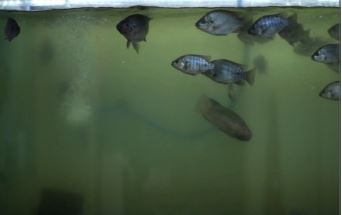

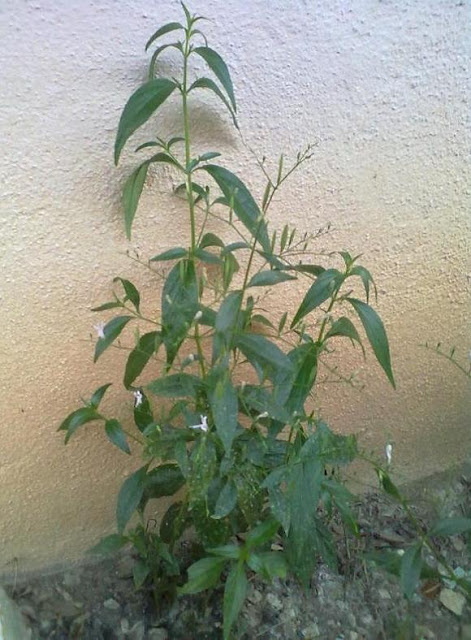
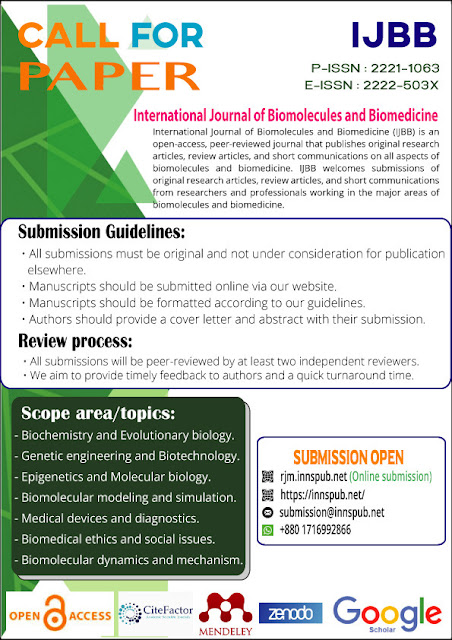
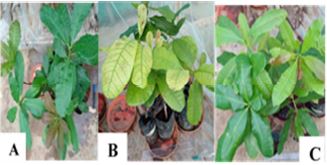
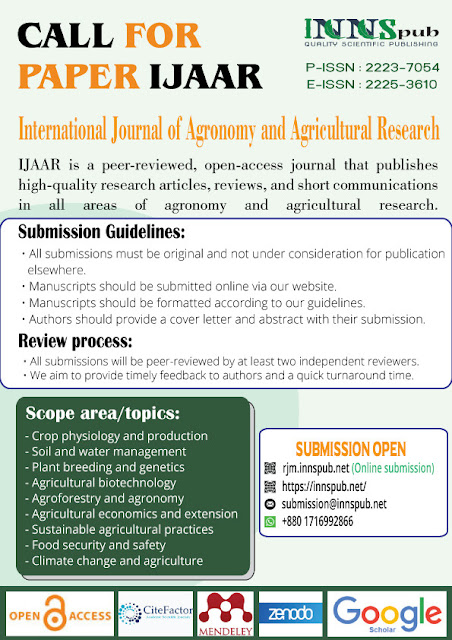
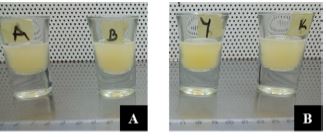









%20in%20full.JPG)

